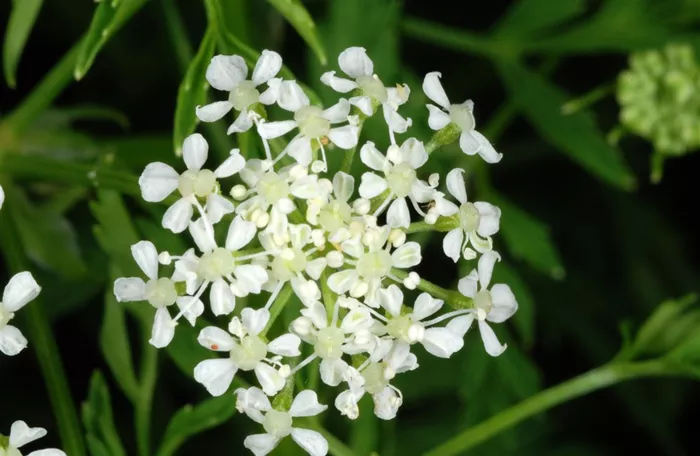Poison Hemlock, a highly toxic plant with small white flowers and fern-like leaves, is rapidly spreading throughout Ohio, now found in all 88 counties.
This invasive species blooms from late April to early July and poses serious risks to humans and animals if ingested, as all parts of the plant remain poisonous—even dead canes retain toxicity for up to three years.
The plant’s white flowers and delicate foliage make it identifiable, but its presence is concerning due to its deadly nature, historically linked to the death of the Greek philosopher Socrates.
Poison Hemlock thrives in various environments such as roadsides, fence rows, and nature paths, with the highest abundance in western Ohio but now widespread statewide.
Control efforts focus on herbicide application, especially in the fall or early spring when the plants are young rosettes, alongside manual removal methods to prevent seed spread and population growth.
Public awareness and coordinated eradication efforts by local authorities and property owners are critical to managing this invasive flowering plant.


